Capsule Review: 2003 Chevrolet Zafira CD 2.0 8v

The last time I saw this car it lay bare and gutted in front of me. The seats had been pulled out, the dash taken apart and wires dangling. The carpets were in the process of being removed. All of this in an effort to find the source of an infestation that had plagued it.
It was a fun ride taking the car to the mechanic. Having been smoked with toxic gas in an effort to get rid of the pests, the smell (and undoubtedly some of the chemicals) still hung in the air. What’s more, the extermination effort had agitated the pesky insects. As I drove, I could see them coming out of the vents and felt them crawling over my feet.
The car had been taken by cockroaches. Big, brown, ugly, dirty, urban roaches. More worrisome was not only were big ones seen, little ones also abounded. The exterminator’s chemical attack had been insufficient. The next step would be to strip the car and physically remove the root of the infestation: the beasts’ nest.
That had been over four years ago and now the car was back in town. Taking a break from work in São Paulo, the family hit the road in their 2003 Chevrolet Zafira CD, on their way to our hometown to visit family and friends. As the women settled down to talk and the children made friends again and started playing, I made my escape. I asked them what was needed and offered to go to the supermarket. They made their list and I asked for the keys to the Zafira, joking about that ride of those many years ago. I warned them it would be a long, long supermarket raid. And just like that, I spent the day with the Zafira and reacquainted myself with it.
The Zafira is a minivan based on the same platform of the Astra (Golf and Focus sized competitor). Developed by GM Germany, also known as Opel, it seats seven. That made it a favorite of families anywhere the car was offered. It’s a longish car at 4.3 m (169.3 in), wide (1.75 m, 68.9 in) and tall (1.69 m, 66.5 in). The long 2.7 m (106 in) wheelbase means it offers lots of legroom for first and second row passengers and, due to its boxy minivan shape, head and shoulder room is excellent. With 7 seats up it can still hold 150 L of luggage (competitive with a modern Fiat 500 for one), increasing to 600 L of trunk swallowing space for family accoutrements with the third row tucked. Folding the second row, the Zafira becomes a veritable moving van.
That sort of space is the reason this particular family bought the Chevy Zafira. With three little girls ranging in age from 3 to 9, the car suits their parents’ needs fine. On the highway it’s a cruiser that can take them all in comfort, while in the city it is large by Brazilian standards, but still not quite as bulky as some modern CUVs. Windows are large and the Zafira’s shape makes it quite easy to drive, even in crowded city environs as visibility is excellent.
Under the hood is part of the reason why some of the daddies don’t mind the car either. This version was the CD, meaning it has a 2.0L 8v engine that puts out 116 hp (other versions came with either a 2.0L 16v or a 1.8L) and, in traditional GM fashion, it has lots of low down torque. Those horses are more than enough to move the car with aplomb as it reaches its top speed of close to 180 km/h. The dash to 100 km/h was made in the mid 12s – so its a fast van. As it weighs a little over 1,400 kg (3,086 lbs), the engine is enough. Being that it’s an old engine, fuel economy is not stellar. In fact, it can be quite abysmal in the city, in stop and go traffic, loaded, AC on full blast, especially as this one is equipped with a 4-speed automatic with some tricks up its sleeve – like the ability to “learn” a driver’s style. Also, as these days it makes financial sense to fuel up with ethanol, the fact this car only takes Brazilian gasoline (E27) is another sore point for the family.
So what the car takes with one hand (bad fuel economy) it gives with the other as it offers a soothing drive for this family, most especially taking into account they live in perpetually gridlocked São Paulo. This engine’s tendency to develop bad seals and leak oil is well-known as it has been around for ages. In this way, preventive maintenance is easy to do as mechanics know what to look for.
On my drive I noticed the gearbox was working well. It held gears as needed and downshifted fast when solicited. I didn’t notice any undue thumping in the transmission, which means it’s probably healthy. In a country like Brazil, an automatic rebuild is a non-trivial cost and fear of that still keeps many away from such systems. In this 12-year-old car, so far so good. In fact, the main driver of this car, the lady of the house, has been won over and will seek another auto when the time comes for a replacement.
This Brazilian Zafira rides on 15 inch wheels fitted with 195 mm wide tires that still have some side wall (65 mm) for city comfort. Everything that was not broken was working well without undue hesitations. All controls have a nice, tactile, damped feel. Though the interior design is very conservative, everything is logically laid out and the instrument cluster is complete. The seats are large and offer excellent support. The fabric, though stained in some areas, still feels supple. Lumbar support is available and the telescoping wheel, as well as the very adjustable driver’s seat, aids in finding a nice driving position.
The suspension still feels good after all these years. Equipped with a sub-chassis and a stabilizing bar upfront, it makes short work of the bad pavement prevalent in Brazil. Body roll is controlled and the Zafira doesn’t feel like it is going to roll over navigating most curves. Of course, it’s a tall, wide, long car, so care must be taken in more acute corners. It is not an Astra to be sure, but it’s also not a car that will scare a responsible driver – though it can be driven with more gusto than, say, an SUV.
The go pedal offers excellent modulation after all these years, and the brakes (equipped with ABS and EBD) felt fine and progressive. The gear lever falls naturally to hand. The electro-hydraulic steering was also fine as turning the wheel was met with very light resistance, but it still retains some communication between it and the driver. Though the steering wheel itself is near the end of its life, working it was a pleasure.
Yep, this Zafira is a far cry from the norm of Brazilian cars, mostly of the compact and subcompact variety. And it should be. It cost a pretty penny when new, and its modern substitute – the GM Korea-developed Spin – costs from around R$50,000 (~$16,500 USD) all the way to more than R$70,000 (~$23,000 USD). The Zafira cost even more than that in its time as General Motors do Brasil also offered the smaller Meriva with seating for five. It’s one of the reasons there are so many Opel widows in Brazil. They refuse to acknowledge the Spin as a real Chevrolet and say GM Brazil has back stabbed consumers. I think the Spin is a credible substitute as it does just fine, uses the same engines, a more modern 6-speed auto and the interior is simpler, but still above average. On the used car market, according to Fipe (a sort-of Brazilian Blue Book), this 2003 Chevy still fetches about R$22,500 (~$7,400 USD). Being that a simple 1.0L compact hatch with the bare necessities of life hovers around R$30,000 (~$9,900 USD) nowadays, the Zafira still offers a lot of value.
As I drove the car I reflected on its life. Mechanically sound, it has suffered in the hands of two families. According to the current owners, they bought the car from another 3-kid family, already showcasing some stains and wear. Scuff marks, dings and scratches are all over the exterior. However, this Zafira is like a lady who has led a full life. The “damage” to it is akin to what’s usually seen on a woman who has chosen to have children and lead her life to its greatest extension. Stretchmarks usually found on such a woman should be worn with pride, just as the marks on this minivan shows it, too, has led life to the fullest, dutifully serving families and bearing the marks of little ones with pride.
In that light, a few tens of thousands of cockroaches and some toxic gas is nothing. Just par for the course.

More by Marcelo de Vasconcellos
Latest Car Reviews
Read moreLatest Product Reviews
Read moreRecent Comments
- Lou_BC Let me see. Humans are fallible. They can be very greedy. Politicians sell to the highest bidder. What could go wrong?
- SPPPP Vibrant color 9 times out of 10 for me. There may be a few shapes that look just right in metallic gray, for example. There are a few nices ones out there. And I like VW "White Silver". But I'd usually prefer a deep red or a vibrant metallic green. Or a bright blue.
- 28-Cars-Later Say it ain't so, so reboot #6* isn't going to change anything?[list=1][*]V4-6-8 and High "Tech" 4100.[/*][*]Front wheel drive sooooo modern.[/*][*]NOrthSTARt.[/*][*]Catera wooooo.[/*][*]ATS all the things.[/*][*]We're *are* your daddy's Tesla. [/*][/list=1]
- MaintenanceCosts Can I have the hybrid powertrains and packaging of the RAV4 Hybrid or Prime with the interior materials, design, and build quality of the Mazda?
- ToolGuy I have 2 podcasts to listen to before commenting, stop rushing my homework.



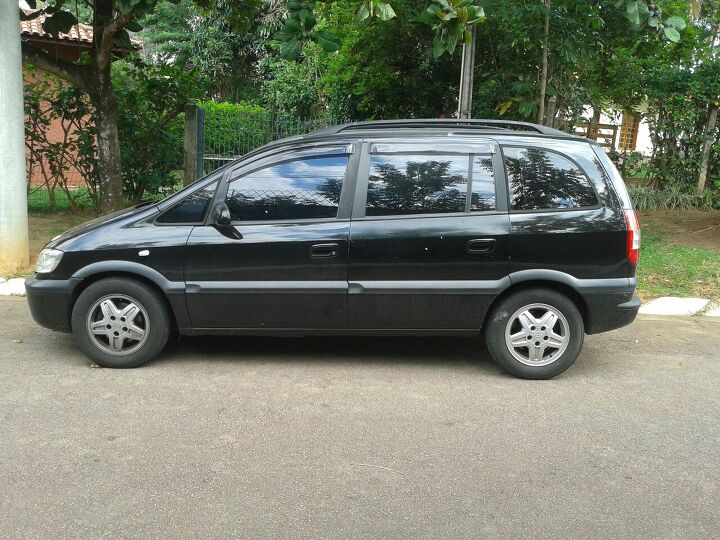
































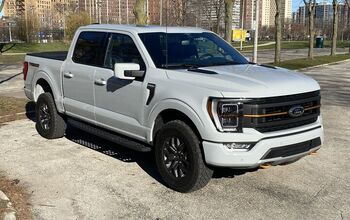
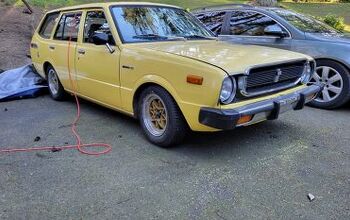
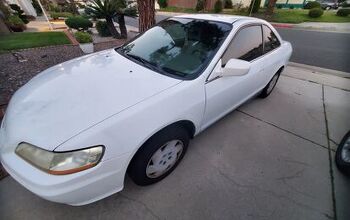


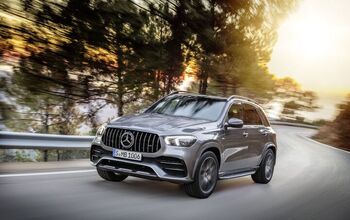
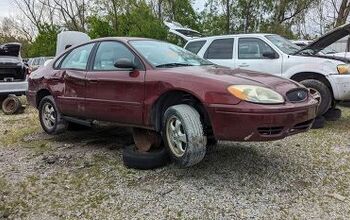
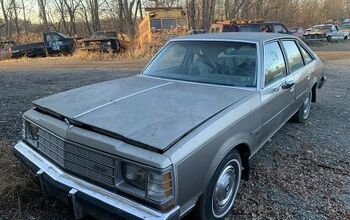
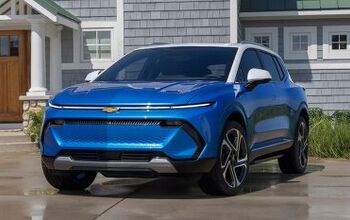
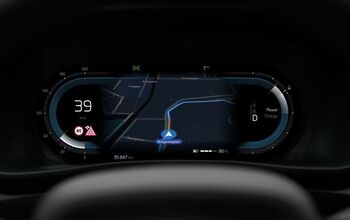

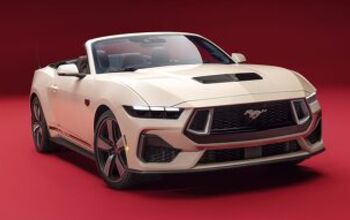
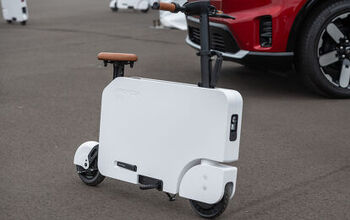



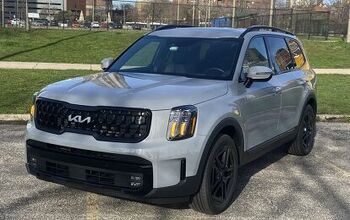

Comments
Join the conversation
"this 2003 Chevy still fetches about R$22,500 (~$7,400 USD)." Good grief, that's more than 2003 Lexus money over here! Or you can have an 05 Sienna LE with V6 and leather, 110k miles, about $7,700. "Of course, it’s a tall, wide, long car, so care must be taken in more acute corners." I cannot picture how small your roads are, it just is beyond me to consider that this is a largeish car there. I have never been to any S. American countries, but I want to go. Especially after seeing the beauty that is Argentina in that lame Top Gear special.
Maybe it's not necessary to take everything out of the car to kill the bugs. How about sealing up the interior (the vents, etc) covering the car with a tarp that will reflect heat, and placing a generous quantity of dry ice in the vehicle? In sufficient concentration, the carbon dioxide will suffocate the bugs.